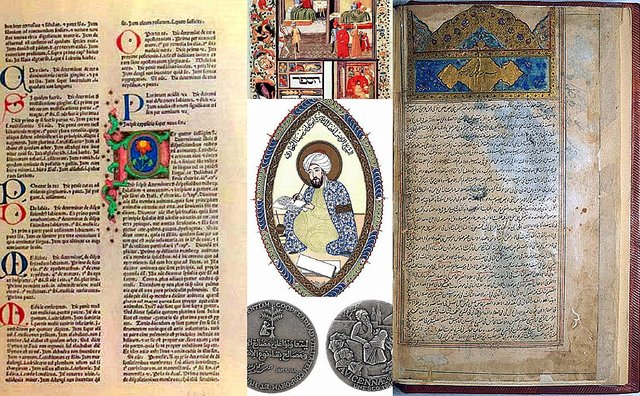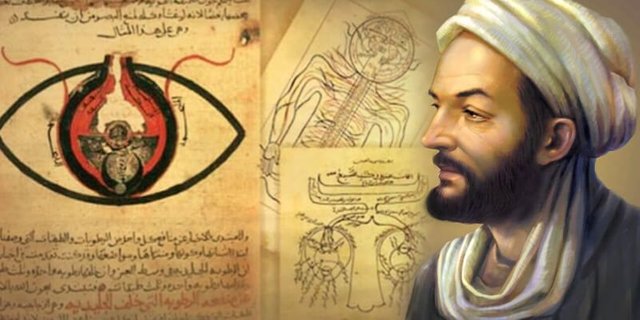Do medical students still read Avicenna’s “Canon of Medicine”?
Yes, Avicenna's "Canon of Medicine" is still considered an important historical text that is sometimes studied by medical students and scholars today, even though it was written in the 11th century.
The "Canon of Medicine" was a highly influential medical encyclopedia that summarized and expanded upon the knowledge of ancient Greek, Roman, and Islamic physicians. It covered topics such as anatomy, physiology, pathology, diagnosis, and treatment, and was used as a standard medical textbook in the Islamic world and later in Europe for centuries.
While the "Canon" obviously does not reflect modern medical knowledge and practices, it is still recognized as a seminal work that laid important foundations for the development of Western medicine. Medical history courses may explore the "Canon" to understand the evolution of medical thought and practices over time.
Some medical schools may choose to have students read excerpts from the "Canon" or learn about its historical significance, as it provides valuable context about the origins and progression of the medical field. However, it is not a central or required text in most modern medical curricula. The focus is now on studying up-to-date, evidence-based medical knowledge and techniques.

